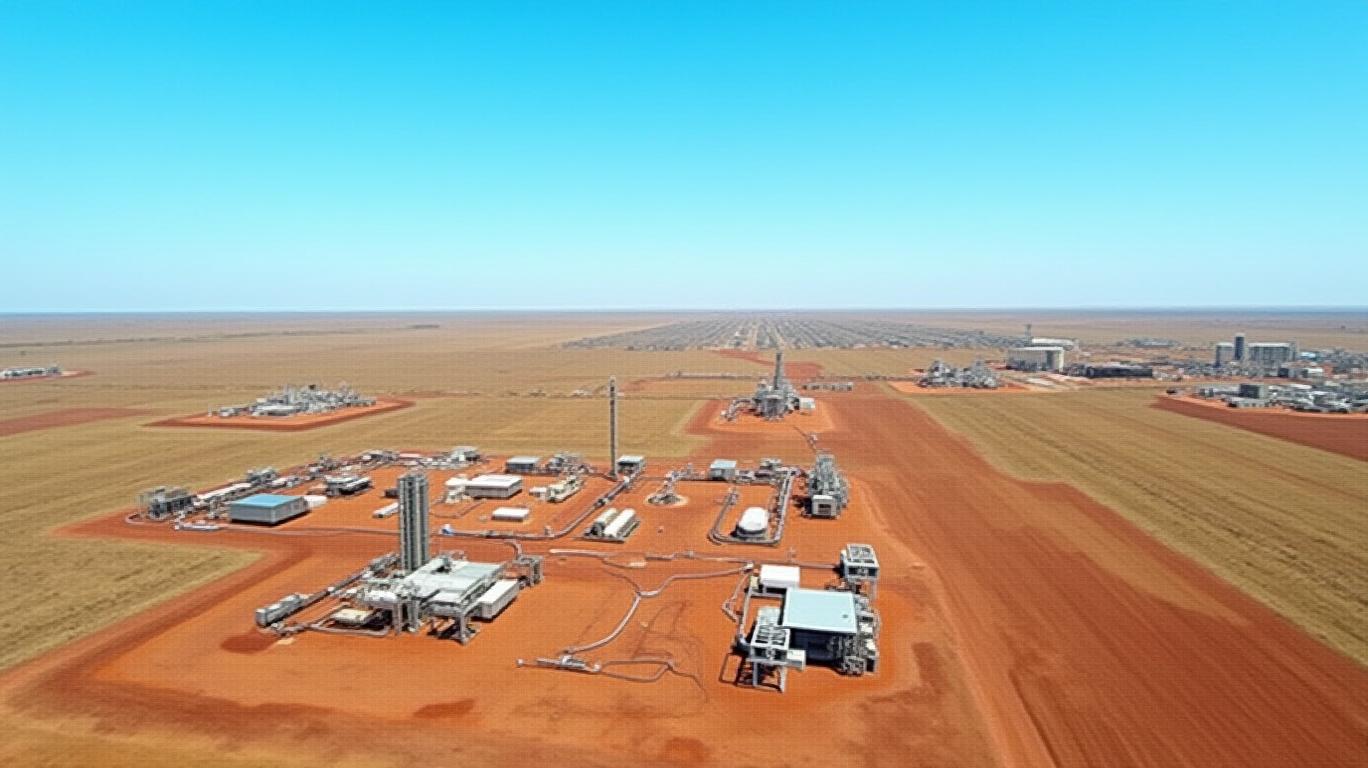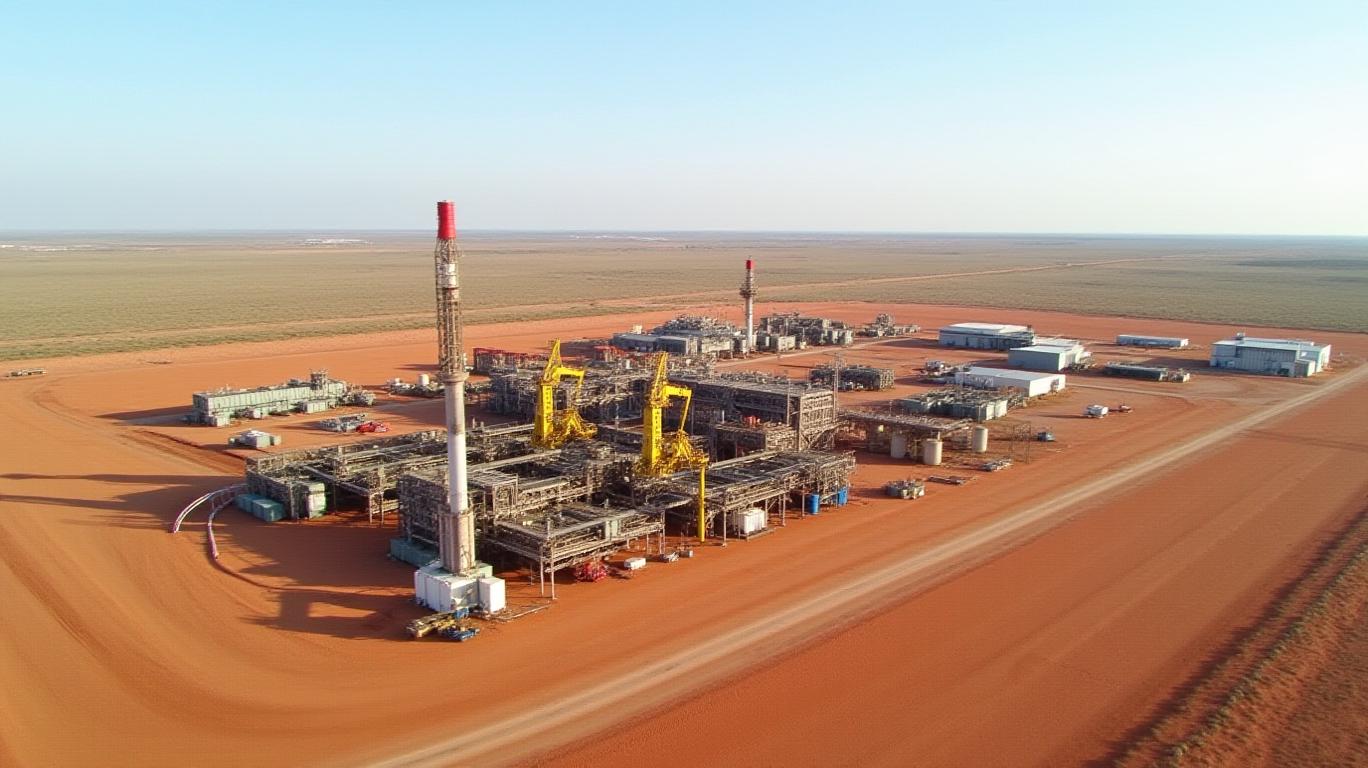Hemisphere Energy: Is CA$1.70 the Bottom or a Bargain?
Hemisphere Energy Corporation (CVE:HME) has traded at CA$1.70 as of April 2025, sparking debate about its intrinsic value. With a market cap of C$171.54 million and a trailing P/E of 5.84, the stock appears undervalued relative to its peers. But is this price a sign of undervaluation—or a warning of risks ahead? Let’s dissect the data.

Financial Health: A Low P/E and Growing Cash Flow
Hemisphere’s trailing P/E of 5.84 is well below the sector average, suggesting the market undervalues its earnings potential. Analysts have a median price target of C$2.20 (a 29.4% premium to CA$1.70), citing improving fundamentals. For 2025, consensus EPS estimates stand at $0.39, with Noble Financial forecasting a higher $0.41, implying a forward P/E of roughly 4.2–4.6, which is compelling for an energy producer.
Cash flow metrics are equally encouraging. At a base-case WTI price of $75/bbl, Hemisphere projects Adjusted Funds Flow (AFF) of $51 million and Free Funds Flow (FFF) of $34 million. This FFF would cover its $0.10 annual dividend and leave ample room for reinvestment or buybacks. The company’s ultra-low production decline rates (targeting 15% growth to 3,900 boe/d in 2025) further support its ability to generate stable cash flow.
Growth Catalyst: The Marsden EOR Project
The crown jewel of Hemisphere’s strategy is its Marsden Enhanced Oil Recovery (EOR) pilot, which began polymer injections in late 2024. If successful, this project could unlock stranded heavy oil reserves, boosting production and cash flow. While results are expected by mid-2025, early optimism has already buoyed investor sentiment.
Risks: Debt and Commodity Volatility
Hemisphere’s debt-to-equity ratio of 5.65 is a red flag. While its cash flow supports current obligations, a sustained drop in oil prices (below $65/bbl) could strain liquidity. At $65/bbl, AFF drops to $40 million, trimming FFF to $24 million—a 29% reduction. Shareholders must also weigh geopolitical risks, such as supply disruptions or regulatory shifts, which could impact oil prices.
Valuation Multiples: A Discounted Asset
Comparing Hemisphere to sector peers using EV/EBITDA multiples highlights its discount. For smaller oil producers ($1–10M EBITDA), the EV/EBITDA range in 2023 was 5.2x–8.1x, while Hemisphere’s current EV/EBITDA (based on 2025 AFF of $51 million and market cap of C$171.54M) is ~3.37x. This suggests the stock is trading at a 50% discount to its peer median, assuming similar growth prospects.
The EV/Production metric also favors Hemisphere. At C$171.54 million market cap and 2025 production of 3,900 boe/d, its EV/boe/d is C$44,000, far below the sector average of ~C$70,000–C$100,000 for comparable assets.
Dividend Sustainability
Hemisphere’s dividend of $0.10 annually is well-covered by FFF. Even at $65/bbl WTI, FFF remains $24 million, allowing a $0.06/share dividend while retaining flexibility for reinvestment. This stability contrasts with peers that slashed dividends during 2023’s price dips, reinforcing Hemisphere’s reliability for income investors.
Conclusion: A Bargain with Caveats
At CA$1.70, Hemisphere Energy offers a compelling entry point for investors who believe in its growth trajectory. Its low P/E, strong cash flow, and EOR-driven production upside justify the median price target of C$2.20. However, risks like high leverage and oil price sensitivity cannot be ignored.
Crunching the numbers:
- Upside Case (EOR success, $85/bbl WTI): FFF rises to $44 million, supporting a $0.15/share dividend and a potential C$2.50–C$3.00 share price.
- Downside Case (oil at $60/bbl, project delays): FFF drops to $18 million, forcing dividend cuts and a share price retreat to C$1.20–C$1.50.
The 5.84 P/E and 3.37x EV/EBITDA suggest the market has already priced in pessimism. For investors willing to bet on Hemisphere’s execution and oil price stability, CA$1.70 could mark the bottom. But without a catalyst like Marsden’s success or a rebound in oil prices, caution remains prudent.
In short, Hemisphere is a high-risk, high-reward play at CA$1.70. Its valuation is compelling, but investors must closely monitor Q1 2025 results and oil prices to determine whether this is a bargain—or a trap.










